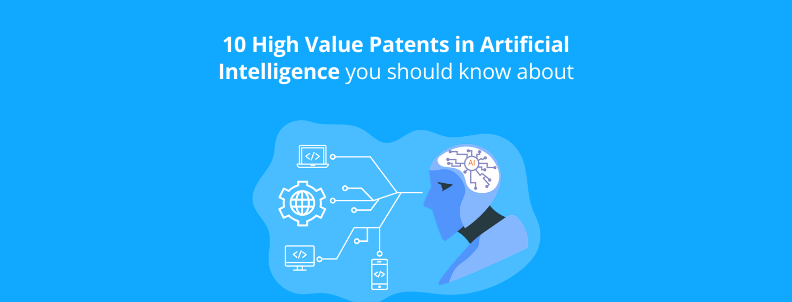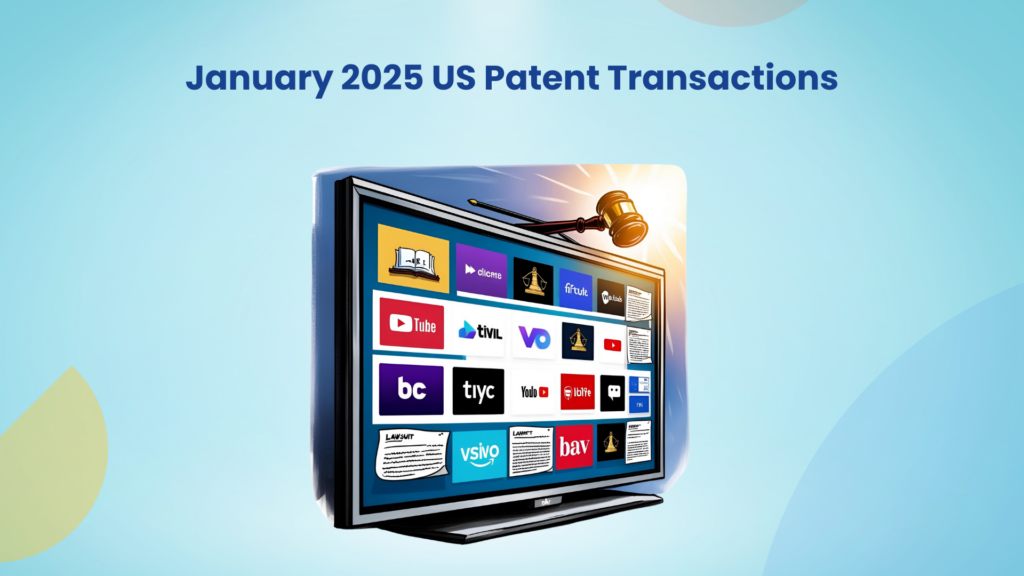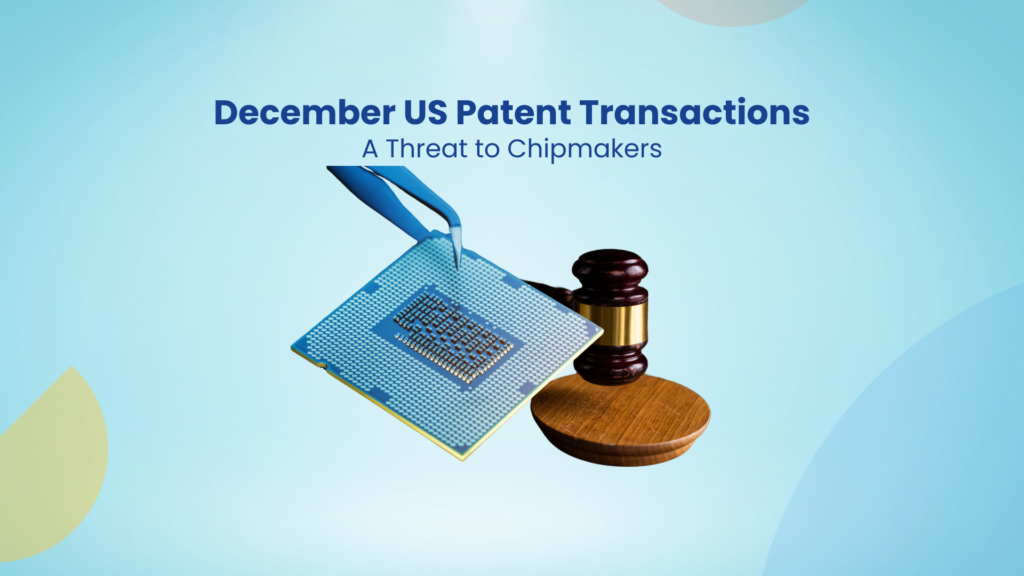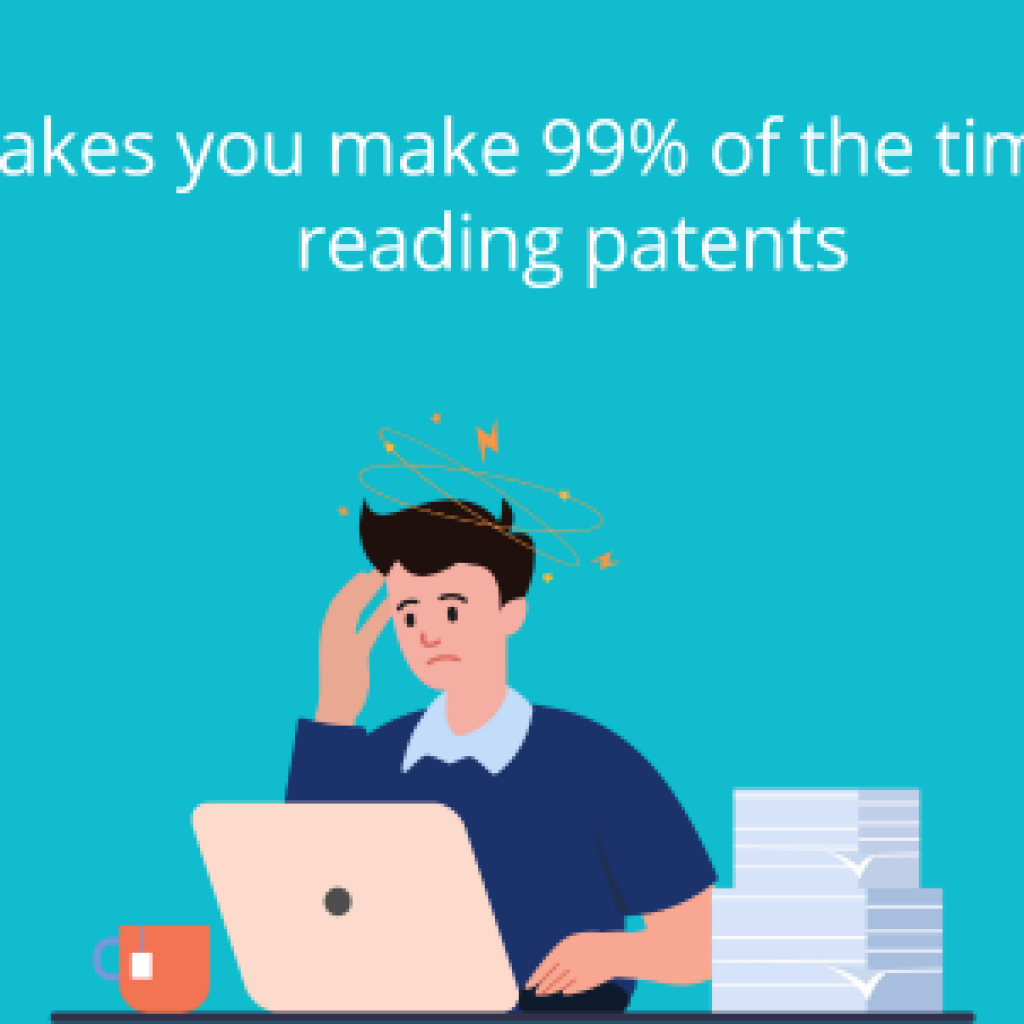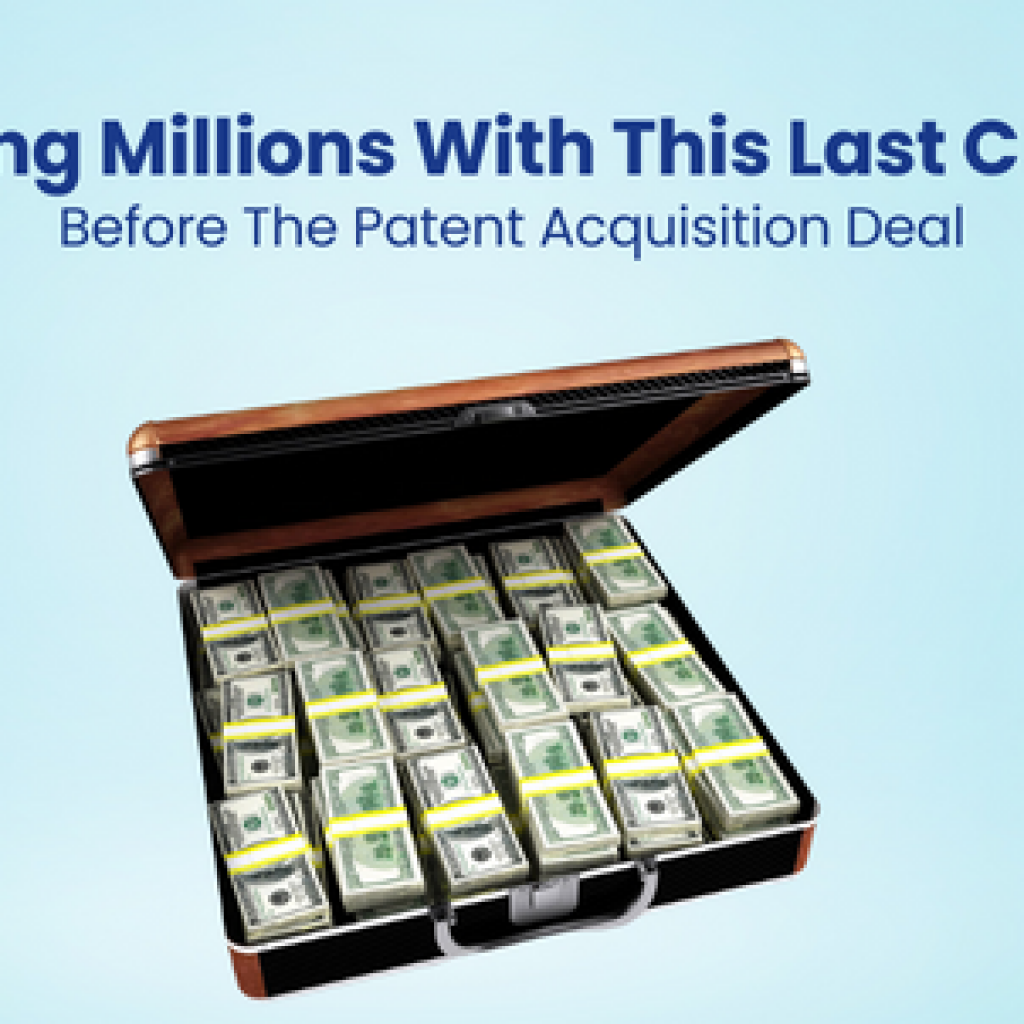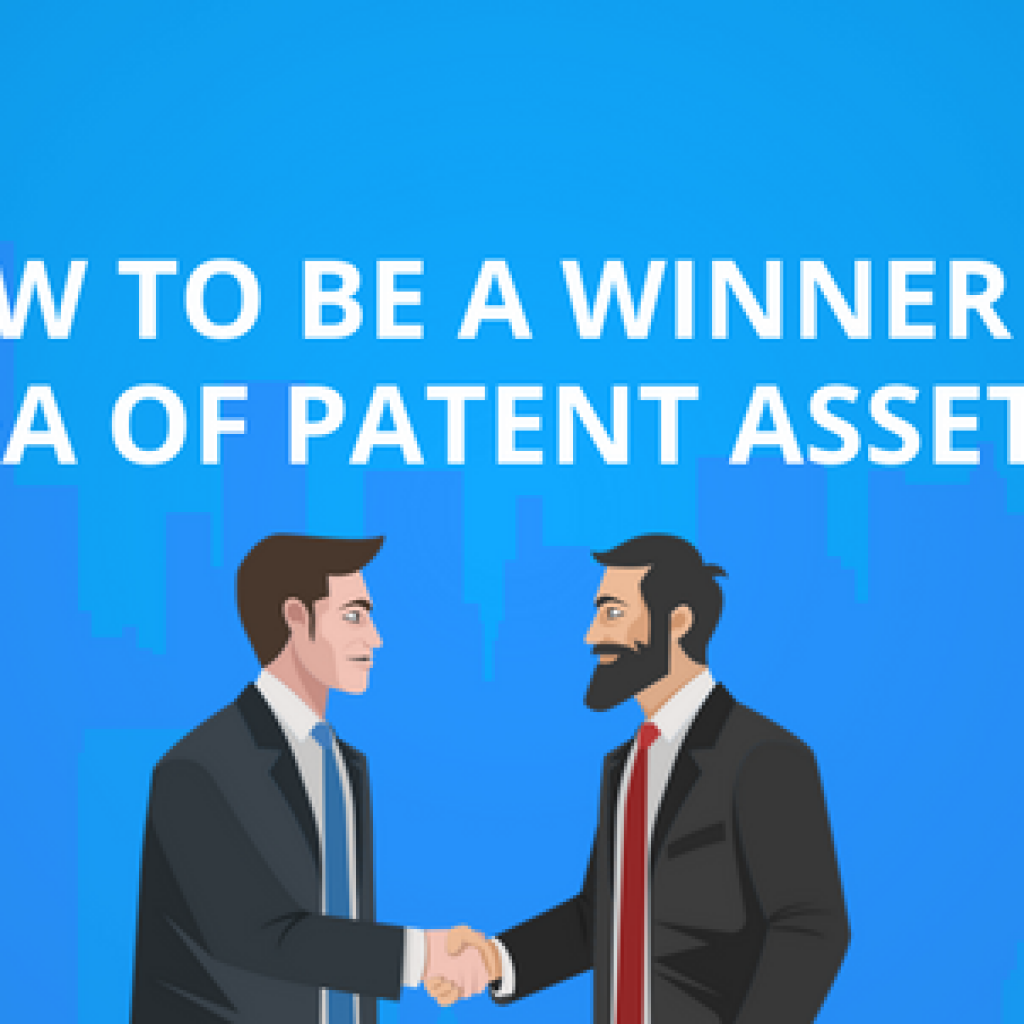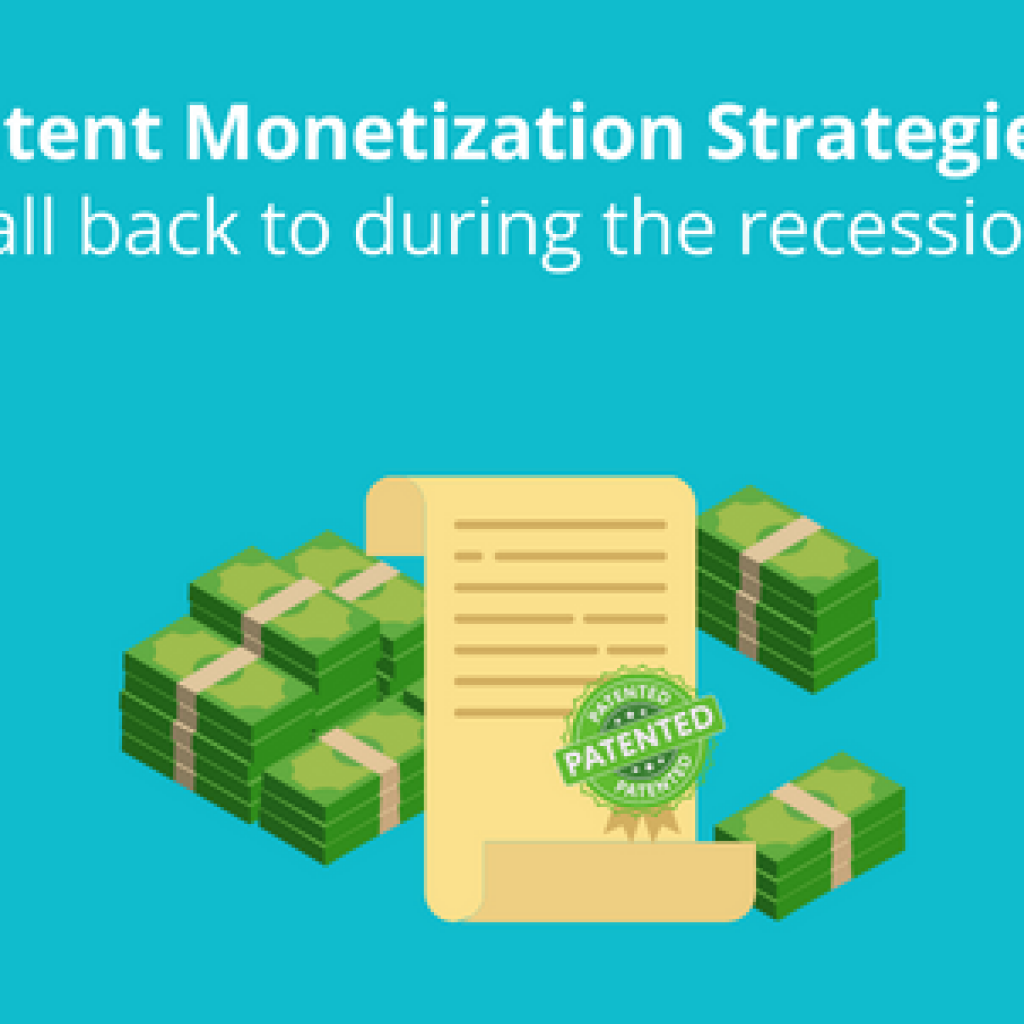In his book The Road to Wigan Pier, Orwell describes how the poor miners in the 1930s who couldn’t afford to buy coal from the market painfully scavenged bits and pieces of it from the slag-heap mountains near the mines. The situation can be fairly compared today with scavenging for valuable patents, but with an added problem—the slag heap is the market itself.
It is widely known that only a single-digit percentage of patents in a good portfolio are used in products, consequently having a non-negligible financial value. If we talk about the open wilderness of the patent world, good patents form only about 1% of the total.
That is why, when you step out to buy some good patents, the effort spent on the search is often not justified by the quality of patents you find. It is usual not to find anything valuable. In some cases, you find good patents only to discover later that the owner is not interested in selling them. The chances of getting your hands on high-quality patents remain pretty dim.
We have been conducting patent acquisition studies for our clients for over a decade and have witnessed all these instances. Despite the challenges, and perhaps partly because of them, we have made it our motive to keep developing new strategies and methods of helping our clients find the right patents according to their needs.
At one point, we started wondering about possibly encoding some of our learning into an algorithm that would assist us in finding valuable patents.
We codified some rules of thumb, which we used as a sieve to separate the gold and the gravel patents.
We set up this algorithm to find some good patents in a random sample of ~5,000 Artificial Intelligence patents. It gave us a prioritized list of the best patents. Here are the top 10 from that list.
| S. No. | Patent Number | Remaining Life (approx.) | Discoverability | Potential Companies | Claim Complexity | Market Scope | Infringement Rating (5 star) |
| 1 | US8373582B2 | 4 years | High | Google, Samsung, Apple | Low | High | 5 |
| 2 | US8751232B2 | 5 years | High | Amazon, Google, Microsoft | Low | Medium | 5 |
| 3 | US8965621B1 | 12 years | High | Tesla, Mercedes, Uber | Medium | Medium | 4 |
| 4 | US9594905B1 | 14 years | High | McAfee, Cisco | Low | High | 4 |
| 5 | US9269097B2 | 8 years | Low | Amazon, Google | Medium | Medium | 3 |
| 6 | US8275413B1 | 12 years | Low | CAT Phones | Low | Low | 2 |
| 7 | US7940898B2 | 3 years | Low | Adobe, Genesys, | Medium | Medium | 3 |
| 8 | US9099097B2 | 1 month | High | Amazon | Low | Medium | – |
| 9 | US9412367B2 | 10 months | Low | Amazon, Google | High | Medium | – |
| 10 | US7752152B2 | Expired | Low | Amazon, Google | High | Medium | – |
It should be mentioned that the sieve isn’t perfect, but in a typical case, we have found that it cuts down the time and, thus, the cost of finding a good patent by as much as 60%. That means for the same cost, instead of 2, you can find 5 patents worth acquiring.
Want to get your hands on the top 50 or top 100 AI patents from the set?

Authored by: Mahesh Maan, Search Team.

